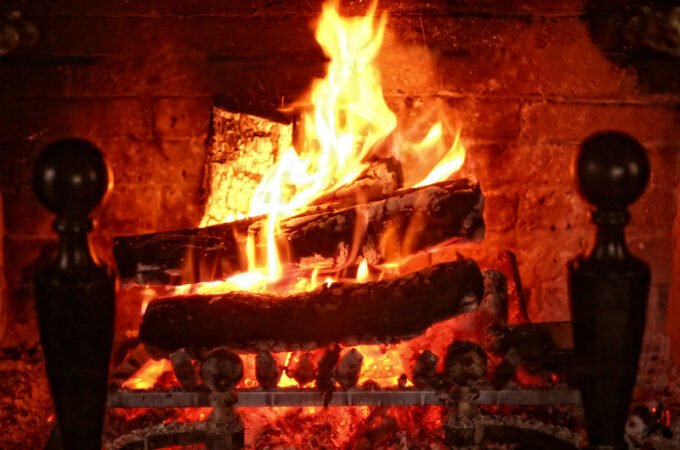
Water Heater Installation – Steps to Install That Brand-New Water Heater
Determining if you need a new water heater is easy. If there is water on the floor or on top of your current water heater, replacement is needed. There are some things to consider when choosing your new water heater unit. Questions to ask yourselfare what my family size is and what is my water pressure?
Water heater installation has prerequisites before you head to the store. Make sure your water pressure is set correctly. Using the proper pressure gauge check your water lines and make sure you are running at 50-60 psi. The importance of knowing your water pressure is vital. Adequate water pressure allows the life of your water lines, appliances, and faucets to work appropriately. This will also lengthen the life of those appliances and faucets.
Water heaters also come in assorted sizes. You will want to decide at this time if you need to downsize or upsize. This decision will depend on the size of your family or if you will be expanding your family in the future. Some information to know will include that a 2-gallon tank will hold up to fifty gallons of water. A 5-gallon tank will hold up to one hundred gallons of water. After you decide which tank you will need, let the installation begin.
Water heater installation will begin by turning off the electricity at the circuit breaker and disconnecting the wires on the tank. Then you will turn on the faucet for hot and let it run until the water feels cool. Once water is cool, then you will connect a garden hose to tank, open drain valve, and allow it to drain. Once the tank is empty, remove the discharge pipe from the T&P valve and disconnect water supply lines. At this point, you will remove the old tank.
Water heater installation will now continue with installing the new tank. You will then place the new tank in a drain pan. Then remove the T&P valve and discard. Do not reuse the old T&P valve. Once the new tank is in place with the new valve installed, you will install the discharge pipe. Connect all the fittings and be sure to use plumbers tape to avoid leakage in the fittings. Now you may connect the hoses and begin to fill the tank.
Water heater installation will end with filling the new tank with water. To complete this task, you will go to the nearest faucet and turn on the hot side slowly. If there are any leaks around the hoses shut off the water. If there are no leakages then leave the faucet on and when water begins to flow from faucet your tank is full.





